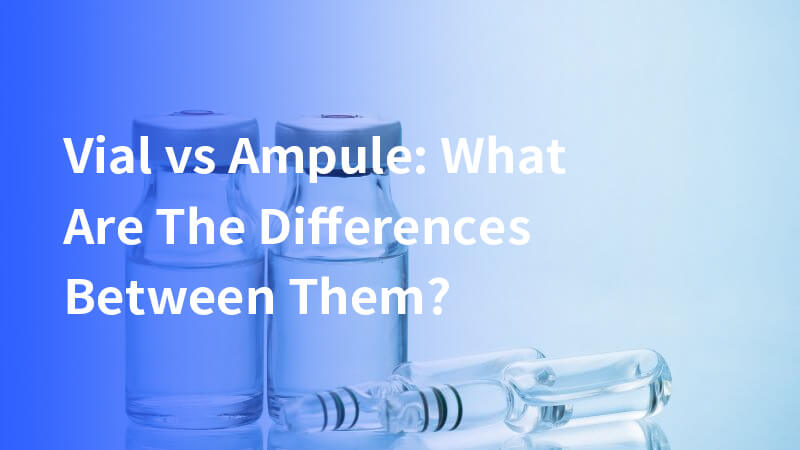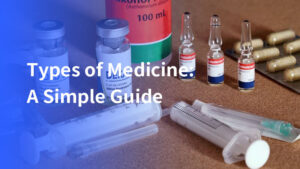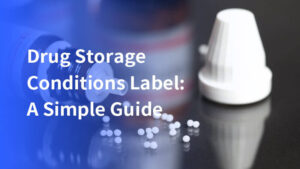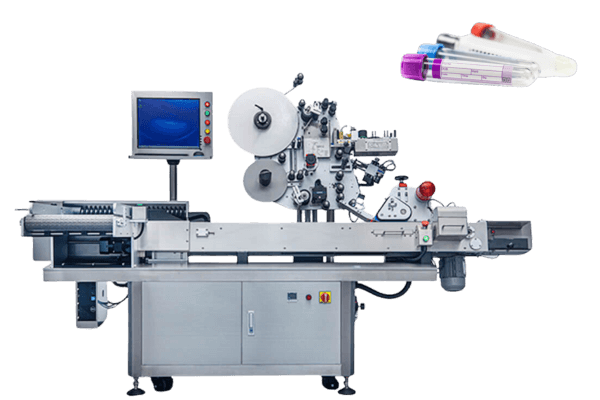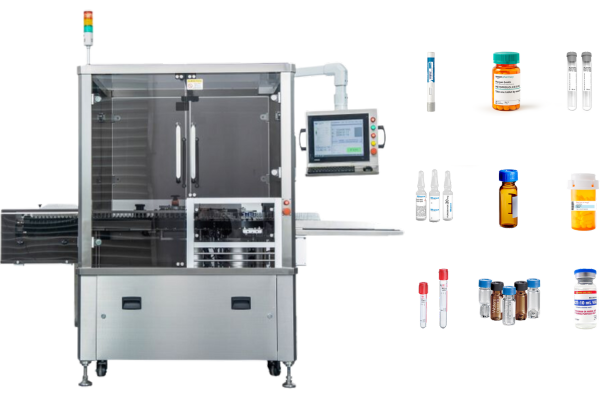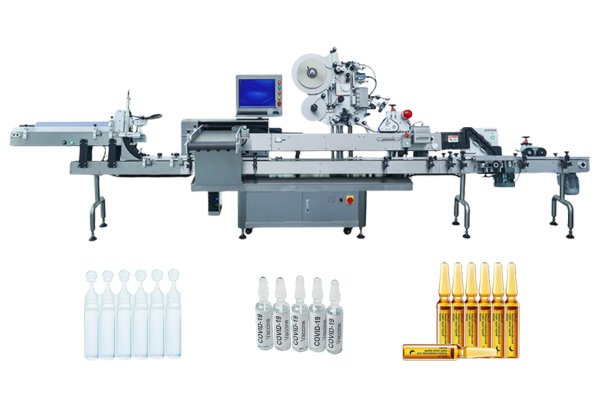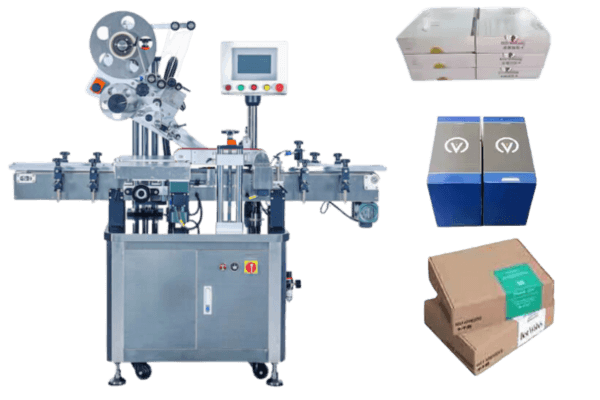Vial vs ampule is always a confusing problem for people who have just entered the pharmaceutical or medical industry. These two medical containers are difficult to distinguish to some extent. Today we will talk about the differences between vials and ampoules from the following aspects:
Differences in the material design of vials and ampoules
Vials and ampoules differ in both material and design. Vials are typically made from glass or plastic and feature a relatively wide mouth with a shorter body. They come with various sealing options, providing flexibility depending on the substance stored.
Additionally, vials often have a flat bottom, allowing them to be easily placed on counters or shelves.
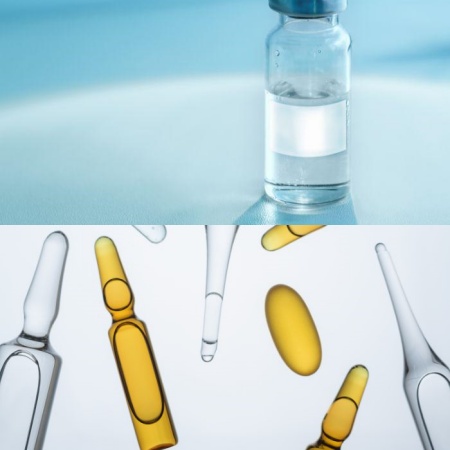
Glass vials are crucial in medical supplies for storing and dispensing multiple doses of drugs. They are commonly used for medical compounds and are essential for intravenous injections.
In contrast, ampoules are generally made of glass and have a slender neck with a sealed tip, which is broken to access the contents. The body of an ampoule is also short, but its design is focused on maintaining an airtight environment until use.
Glass ampoules play a significant role in preserving chemical compounds and pharmaceuticals from external contaminants. They are used for single-dose administrations and the packaging of sensitive substances, highlighting their importance in both medical and laboratory settings.
The difference in volume
One of the simplest ways to distinguish an ampoule from other containers is by its usage limit. Ampoules are designed for single use only. The structure of an ampoule doesn’t allow for anything beyond a one-time application.
These small, seamless containers lack a cork and must be broken or snapped at the neck to access their contents. It’s similar to breaking a bottle, though you need to be more cautious since the contents are typically very valuable. Once an ampoule is broken, it cannot be resealed or closed again.
This method of sealing ensures that the contents inside the ampoule are protected from external elements like oxygen. The non-reusable nature of ampoules makes them perfect for single-dose drugs or samples.
Ampoules are generally smaller than vials and are most commonly made of glass, although they can also be made of plastic. Single-dose vials, like ampoules, are designed for single-use applications, protecting the medication from contamination and environmental factors before use.
In contrast, vials are like larger ampoules. They have a sealed top, which might be a screw cap or a non-latex stopper. Like ampoules, vials can also be made of glass or plastic, and their flat bottoms make them convenient for placement on shelves or countertops.
Aside from being larger and having a cap, another key difference between vials and ampoules is their reusability. Vials can carry multiple doses of a drug and can be reused several times.
Vials are also suitable for filling syringes. Sometimes, it’s not necessary to completely remove the cap. Instead, you can simply push a needle through the non-latex stopper to extract the contents from the vial.
Different application scenarios
Vials and ampoules are used in different contexts due to their specific features, especially in the storage and administration of drugs. Vials are commonly employed for storing oral liquids, powders, and solid medications, making them a staple in everyday laboratory work where accessibility and reusability are important.
Medical compounds, including various drugs and samples, are stored and transported in both vials and ampoules, each suited for different types of medical compounds and their specific uses in medical and pharmaceutical practices.
On the other hand, ampoules are the preferred choice for injectable medications and biological products, particularly in scenarios requiring a high degree of sterility. Their design ensures that the contents remain uncontaminated until the moment of use, which is crucial in highly sterile experiments and medical applications.
Parenteral medications, which are administered via injection, rely on ampoules to maintain sterility and ensure patient safety through proper preparation and administration techniques.
Which one is best for storing unstable chemical compounds
Although ampoules are smaller in size and designed for single use, they are an excellent choice for storing or transporting any chemical compound. Unstable chemical elements are those that are highly reactive and can be easily disturbed when exposed to oxygen or other external chemical compounds in the air.
The seamless, airtight nature of an ampoule makes it the ideal container for preserving the integrity of these sensitive substances.
By completely sealing off the contents from any external environment, ampoules offer the best protection for unstable chemical compounds, ensuring that they remain uncontaminated and safe during storage and transport.
On the other hand, vials are more suitable for stable chemical elements, whereas ampoules are reserved for the more unstable ones. The stopped design of a vial provides a secure yet accessible storage solution for chemicals that do not react negatively when exposed to oxygen.
The stability of these elements allows for multiple uses and easy access, making vials the preferred choice when handling stable substances. The combination of a secure cap and the option to reuse the container makes vials an excellent option for storing stable chemical elements that do not require the same level of protection as their unstable counterparts.
| Degradation Mechanism | Common Types | Influencing Factors | Examples |
| Oxidation | Unsaturated fatty acids, phenols, amines | Light, heat, oxygen, metal ions | Vitamin C, epinephrine |
| Hydrolysis | Esters, amides | Water, acids, bases, enzymes | Aspirin, penicillin |
| Photolysis | Dyes, vitamins, hormones | Ultraviolet light, visible light | Rifampin, vitamin B2 |
| Thermolysis | Volatile substances, unstable salts | High temperature | Nitroglycerin, sodium bicarbonate |
| Other | Polymer degradation, isomerization | pH, ionic strength, solvent | Polyethylene glycol, ciprofloxacin |
Differences in storage conditions
The storage conditions for vials and ampoules differ primarily due to their design and the types of substances they contain, as well as how they store medicines.
Vials, with their stoppered tops, are generally stored in conditions where the chemical stability of the contents is not heavily affected by minor exposure to air. They are typically kept at controlled room temperatures or refrigerated, depending on the nature of the substance inside.
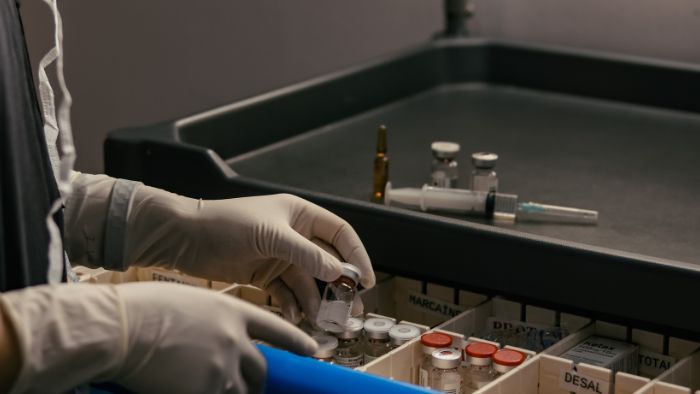
Ampoules, which are sealed and require breaking to access, often contain medications in a sterile liquid form.
Because they often contain highly sensitive or unstable substances, ampoules are usually stored in environments that protect them from extreme temperatures, light, and any potential exposure to air. These conditions help maintain the integrity of the contents, ensuring that they remain uncontaminated and effective until they are needed.
Specially designed vials and ampoules
Specially designed ampoules and vials cater to specific needs in the pharmaceutical and medical fields, offering enhanced features for particular applications.
These containers may include advanced materials or innovative sealing mechanisms to accommodate substances that require extra protection or unique handling.
For instance, some ampoules are crafted with colored glass to protect light-sensitive compounds, while certain vials may feature tamper-evident seals or integrated dosage mechanisms to ensure precise and secure administration.
These specialized designs allow for greater flexibility and safety, ensuring that even the most delicate or complex substances are stored and used effectively.
Different labeling requirements for single-dose drugs
The labeling requirements for vials and ampoules differ due to their size, shape, and intended use. Vials, which are larger and often reused, require labels that provide comprehensive information. These labels typically include details such as the substance name, dosage, expiration date, and any special handling instructions.
Because vials may be stored for extended periods and accessed multiple times, the labels must be durable and resistant to wear, ensuring that all information remains legible throughout the vial’s use.
Ampoules, being smaller and intended for single-use, have more concise labeling needs. The limited space on an ampoule means that the label usually includes only the most essential information, such as the substance name and concentration. The label must be clear and easy to read, but it also needs to be applied in a way that does not interfere with the integrity of the ampoule or obstruct the view of the contents inside.
Additionally, since ampoules are often stored in boxes or trays, some of the labeling requirements might be met by external packaging rather than the ampoule itself. Check out more from ampoule labeling machines vs vial labeling machines.
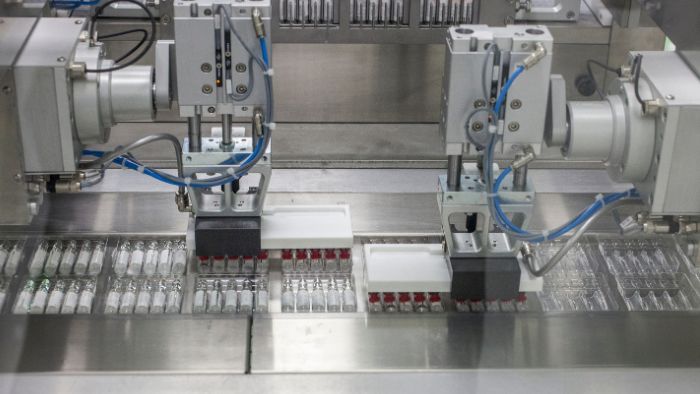
As a company that produces pharmaceutical labeling machines, VialLabeller provides solutions for labeling ampoules and vials, so you don’t have to worry about labeling problems.
Related: Ampoule vs Vial Labeling Machine
Conclusion
Understanding the differences between vials and ampoules is crucial for anyone involved in the pharmaceutical or medical industries. While both serve important roles, their distinct designs, material compositions, and usage scenarios set them apart.
Vials offer versatility and reusability, making them ideal for stable substances and repeated applications.
In contrast, ampoules provide the highest level of protection for unstable or sensitive contents, ensuring sterility and safety with their single-use design. Recognizing when to use vial vs. ampoule can greatly impact the efficacy and safety of medical and pharmaceutical practices.
Reference
1.Paul Matejtschuk, A comparison of vials with ampoules for the storage of biological reference materials, Biologicals, Volume 33, Issue 2, June 2005, Pages 63-70, doi:https://doi.org/10.1016/j.biologicals.2004.12.002
2.Antônio Roberto Carraretto, TSA(I); Erick Freitas Curi, TSA(II); Carlos Eduardo David de Almeida(III); Roberta Eleni Monteiro Abatti(IV), Glass ampoules: risks and benefits, Rev. Bras. Anestesiol. 61 (4) • Aug 2011,doi: https://doi.org/10.1590/S0034-70942011000400013
